How Move Metrics calculates soil movement distances
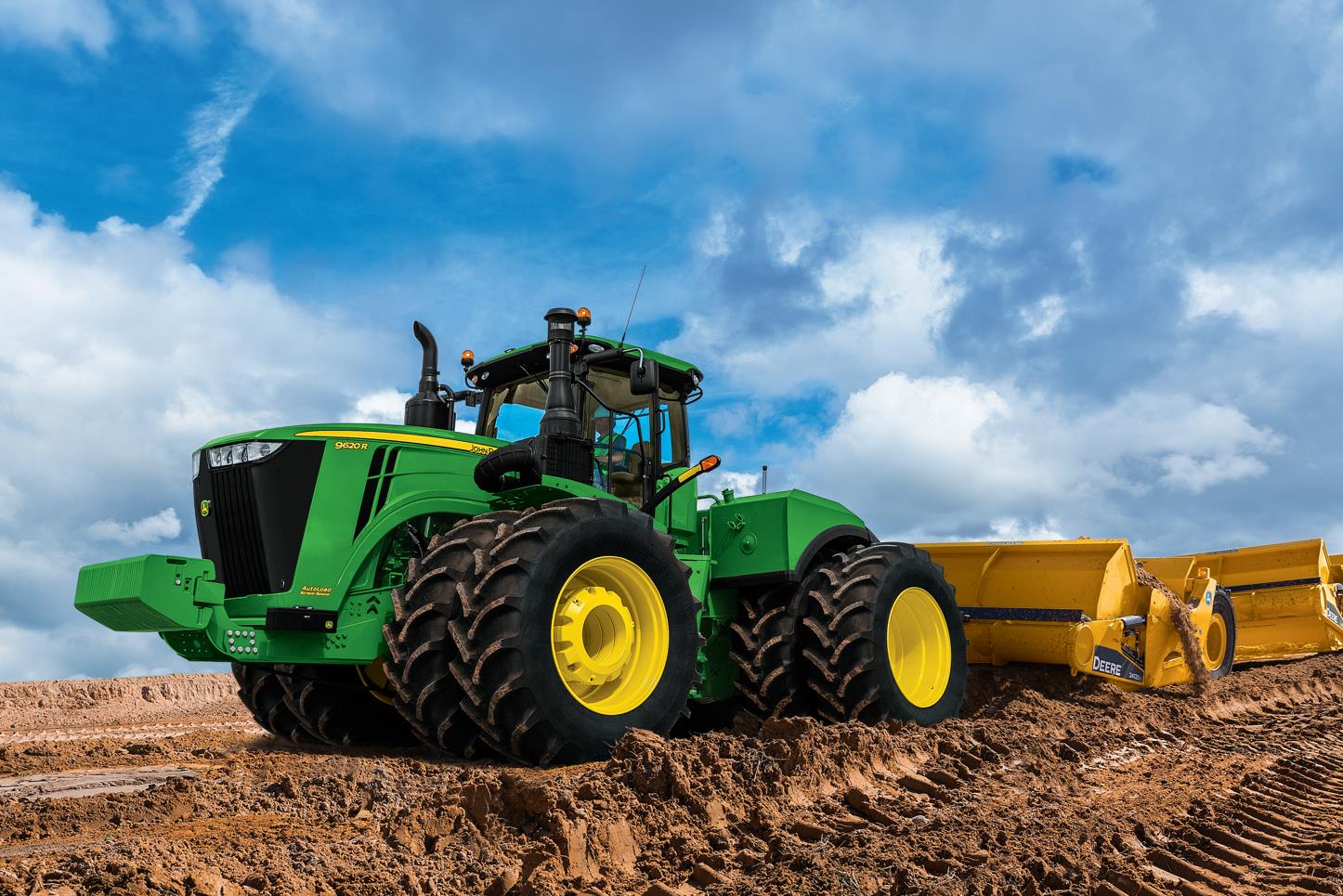
In a field where earthworks are to occur, by definition, soil is going to move.
Dirt will be excavated. Dirt will be hauled. Dirt will be deposited.
Estimating the amount of work involved requires calculating soil movement distances.
There are an infinite number of paths soil could potentially travel in the process.
Various operational and environmental circumstances will factor into movement pathway decisions. In some circumstances haul roads may be built. In others, soil may first be stockpiled at a location before being moved to a final destination.
Often human judgement is required to determine the sequence and pattern of dirt movement. This greatly complicates the task of judging "how far will dirt be hauled?" on a job.
To create a simple, repeatable measurement Move Metrics uses a specific approach.
In brief, this could be described as "moving the cuts to the closest available fills".
The distance from each location of cut in the field to each possible fill location is calculated. The nearest available location where cut can be deposited is determined. All cut locations are then sorted by distance to possible fill locations.
The cut position with the closest available fill is chosen and dirt is moved from the cut to the fill. The process then repeats (potentially millions of times) until all cut positions are lowered to grade and all holes are filled.
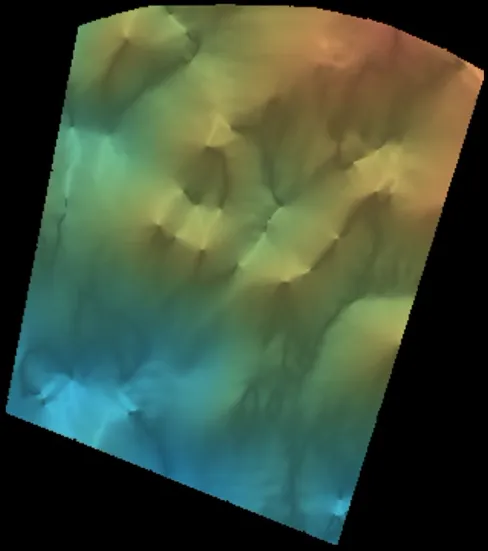
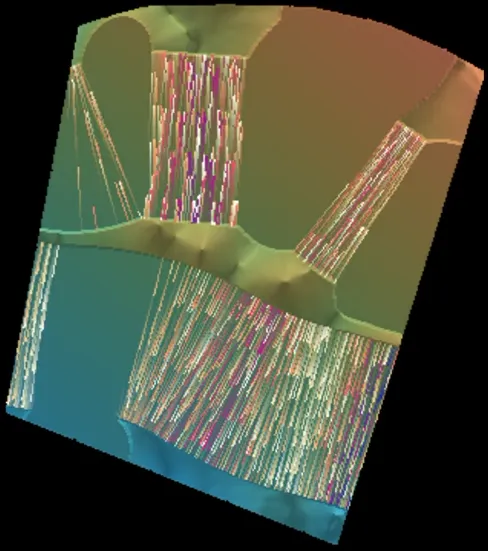
By using this standardized approach, measurements are created that are comparable across jobs. The numbers created may not be the true "real world" distances involved on the job. These metrics can be considered "best case" figures.
It is likely that actual distances and times will only increase from those reported by this method as various real-world complications (that cannot easily be modelled) occur.
However, in order to create simple metrics that can be used as a benchmark, and a starting place on which to superimpose further knowledge, this is the approach taken.
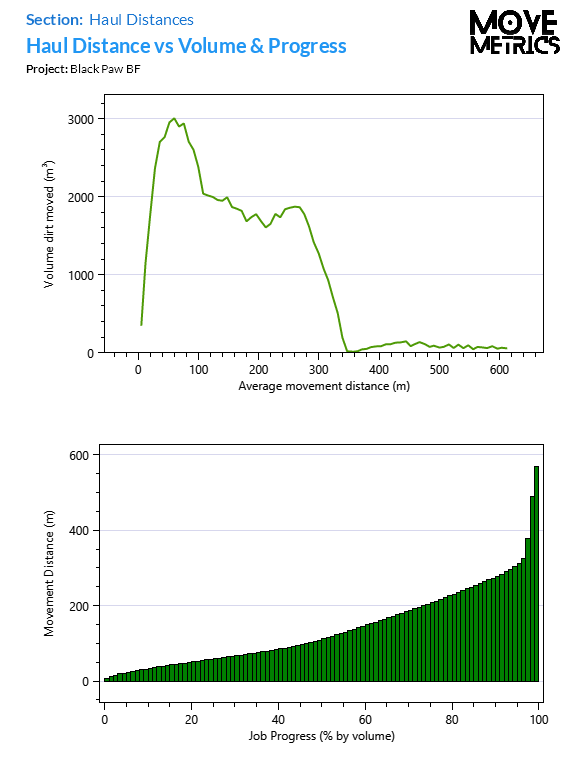
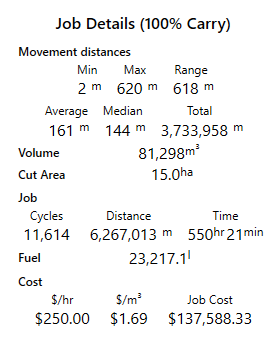
The soil movement distances calculated can be considered to be the fundamental product of a Move Metrics report. Further analysis relating to cycles, fuel use, and costs are provided as an additional convenience. Their calculation utilizes computer models that necessarily are simplifications of reality, and WILL NOT BE ACCURATE IN ALL CASES. Read the disclaimer at the top of the report, and use with appropriate care.
🚜🚜🚜